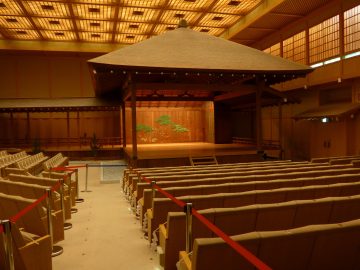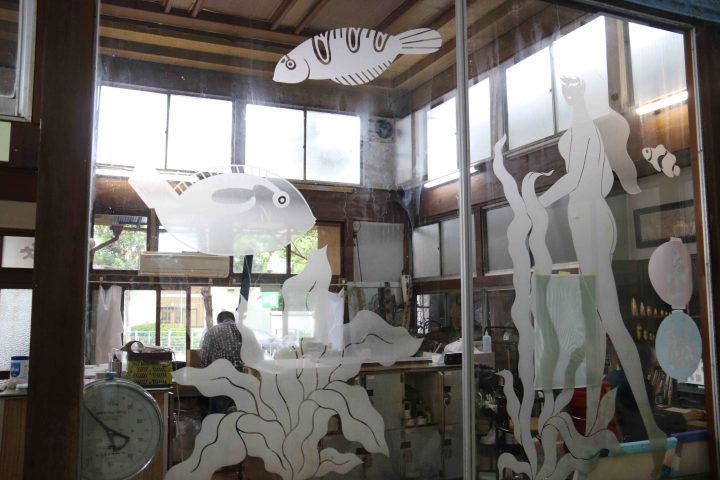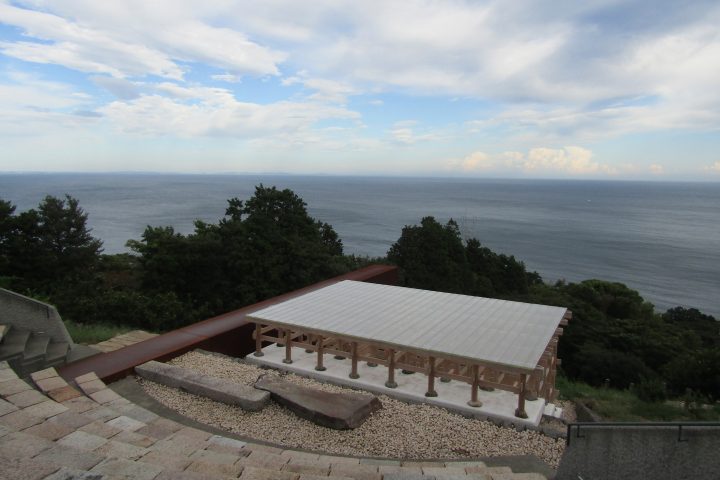Yokohama Triennale 2014 Artistic Director Yasumasa Morimura Interview

Interview: Masamasa Nishino
Text: Akiko Inoue
This year marks the fifth anniversary of the Yokohama Triennale 2014. This triennial international exhibition will be held at various locations throughout Yokohama, with the Yokohama Museum of Art and Shinko Pier as its main venues. The title, which quotes Ray Bradbury's science fiction novel Fahrenheit 451, and the exhibition layout, which resembles a book, stimulate our imagination. As we look forward to the opening in August, we spoke with Yasumasa Morimura, artistic director and artist of the Yokohama Triennale 2014.
About the city of Yokohama
Q: First of all, please tell us your impression of Yokohama. Also, please tell us about the local consciousness you have in mind when holding the Triennale in Yokohama.
I believe that a town exists because of its people, so I want to cherish people.
Yokohama Triennale has been trying to think of something together with supporters over a long period of time, not just for the time being, through the Yokohama Triennale School and other events, and I would like to get more and more people involved. If it spreads further from there, we can get involved with more people, and I think that the most important thing is the connections and spread of people. So I think the people there are the most important scenery.
Q: So, what was your impression of the city of Yokohama when you first visited?
The main venue is in Minato Mirai and Shinko Wharf, which is a relatively new area in Yokohama. To be honest, I prefer the older areas (laughs).
But Yokohama is a city with a long history, so in addition to the newly developed areas there are also older areas, and although it may sound strange to say that the older areas are more attractive, I like this contrast because it makes the city feel like a place.
So, if you go out of Minato Mirai and walk around Kogane-cho and other places, and see markets and old streets where people still live, you can feel a bit at ease. It's quite charming.
Also, old buildings are attractive, and it's great to see buildings with various histories from the end of the Edo period and the postwar period. I like the way that all of these things are intertwined.

From left: The main venue, Yokohama Museum of Art, and Shinko Pier (Shinko Pier Exhibition Facility)
About the theme of "Yokohama Triennale 2014"
Q: Next, I would like to ask you about this theme. First, do you have any special impressions about previous Yokohama Triennales?
I think a lot of these large-scale exhibitions have been held around the country recently, but I try not to pay too much attention to them, including the past Yokohama Triennale, and instead just want to focus on themes that are important to me.
However, until the Yokohama Triennale was held, there were hardly any large-scale international exhibitions like this, so in that sense I think it set a precedent and is a long-established event, so to speak.
So, although this is the fifth time we've held the event, we feel that as a long-established venue we have a responsibility to present quality exhibitions, ones that offer some kind of suggestion.
Q: I think a major theme of this film is Ray Bradbury's 1953 science fiction novel "Fahrenheit 451." How old were you when you read this book?
I think I've read it a few times, but I think the first time I read it I was in my 20s or so.
Q: Was there something that struck a chord with you when you read it and you had been thinking about quoting it someday, or did you have another thought in mind and decide to quote an older book?
When I read it a long time ago, it was just one book among many others. I had no intention of using it as a theme at some point.
This time, "forgetting" is a big keyword. For example, we often say that we are in the information age, but people don't realize that there are very important things among things that are not informationized. I think there are many things that we don't notice or pretend not to see. I think the eyes of art are able to look at those things that we don't notice. I think that is a very important power of art, so I wanted to make "forgetting" the theme.
The reason why I chose "Fahrenheit 451" is because I wanted to give it various implications, rather than a title that directly points to the keyword "forgetfulness". There were several titles that came to mind, such as "forgetfulness" and "what is important to us". Some of the themes in the novel "Fahrenheit 451" overlap with our theme. That's why I thought it was a great choice for the title. Furthermore, "Fahrenheit 451" is a near-future novel written in the 1950s, but in many ways it is reminiscent of the current era and is startling, so in that sense it is very prophetic. I chose this as the main title because I wanted our Yokohama Triennale 2014 to be a prophetic exhibition.
Message from Mr. Morimura
Q: At the press conference, you said, "I want to feed my children a full-course dinner, not just a kid's lunch. I want to think about what I can do to get them to eat that." In a large-scale exhibition held in a local area like the Yokohama Triennale, in addition to those who come for the purpose, I think many people who are not very accustomed to art will come. Finally, please give us a message for the various visitors who come to the Triennale.
Before I give my message, I have to assume that a wide variety of people will come, so in addition to creating a system for children to view the exhibition, as I mentioned earlier, I would like to mention that we have also prepared clues to make this exhibition interesting for beginners to art. In fact, what we have devised this time is an audio guide. Usually, an announcer, a celebrity, or a storytelling expert reads the text, but that tends to be a formulaic explanation, so this time I, who planned this exhibition, will talk about it in my own voice. So rather than being taught in a textbook-like way, I will clearly tell you what is interesting here from the planning side in my own words. How should I put it... I would like to take a style of taking a gallery tour with me.
Q: This means that you can always take a gallery tour with Mr. Morimura, the artistic director, through the audio guide.
Moreover, I plan to record the guide without creating a script. Usually, the length is set at 300 characters per minute, and you read it as you go along and polish it up, but this time, I want to create a guide that speaks in everyday language, as if I were talking to someone, just like I am talking to you now, so I don't plan to use any art jargon.
Q: I see. I've never really thought about using audio guides either, because I find them too stiff, but if it's for something like that, I'd like to try it.
That's right. Actually, I've had two solo exhibitions at the Yokohama Museum of Art, and at the exhibition "Class of Beauty," I prepared a tape of myself talking and walked around listening to it. It seems to have been quite well received. I think it's very unusual for an artist to talk about his own work, and it seems that it was very interesting for the visitors to walk around the exhibition feeling what they were thinking when they made it. There were some parts that were relatively primitive last time, so this time I'd like to do a more accurate, complete version using a proper audio guide method... I'd like to make full use of that this time.
How can I explain my work to beginners without using difficult words? It's a challenge for me, but I'd love to try it.
This is going to be a bit of a long message, but I think this exhibition is like reading a book. Moreover, I think this book is not a book of ideas but a novel. As you read it, you will always be looking forward to what comes next, wondering what will happen next. I am trying to structure it that way. Just like you don't understand a novel with your head, you experience and feel it with your body. This triennale is created with that image in mind, so I think you will be able to take away a new experience.
Thank you very much. I'm looking forward to it!



